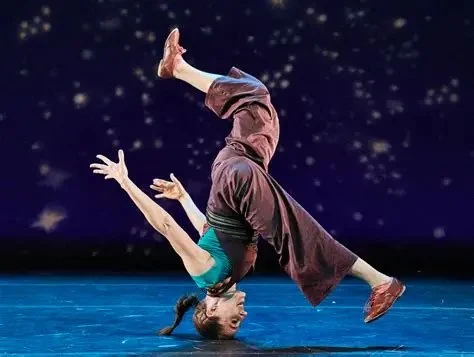
- 1. Understanding the Basics of Dance Analysis
- 2. Exploring the Structure of Dance
- 3. Decoding Movements and Technique
- 4. Interpreting the Themes and Emotions
- 5. Real-World Examples of Dance Analysis
1. Understanding the Basics of Dance Analysis
Analyzing a dance piece involves more than simply observing the movements. It’s about understanding how each element of the performance works together to convey a message or emotion. Whether you’re watching a ballet, contemporary, or street dance, analyzing a dance allows you to connect with the piece on a deeper level. By breaking down the movements, structure, and intent behind the choreography, you can uncover layers of meaning that might otherwise go unnoticed.
Dance analysis is a valuable skill for dancers, choreographers, critics, and even casual audiences who want to gain a richer appreciation for the art form. It involves looking at the piece from multiple angles—such as the technical execution, emotional expression, and thematic content. In this article, we’ll explore how to analyze a dance performance, focusing on key aspects like structure, movements, technique, and emotional impact.

Dance King Entertainment / dance king studios leesburg
LeesburgLoudoun CountyVirginia
26 W Market St, Leesburg, VA 20176, USA
2. Exploring the Structure of Dance
Every dance performance has a structure, whether it follows a traditional format or embraces a more avant-garde approach. Understanding the structure helps you see how the dance unfolds and how the choreographer uses various elements to build momentum and tell a story.

Luna Aerial Dance & Performing Arts / luna aerial
FrederickFrederick CountyMaryland
4750 Winchester Blvd #7, Frederick, MD 21703, USA
1. The Opening and Introduction
The beginning of a dance piece sets the tone for what’s to come. Pay attention to how the dancers enter, the music that accompanies them, and the initial movements. Are they slow and graceful, or fast and intense? The introduction often establishes the theme or mood of the piece, guiding your expectations for the rest of the performance.
2. The Development and Middle Section
In many dances, the middle section is where the most complex movements occur. Here, the choreographer might introduce variations, shifts in energy, or contrasting themes. This section can also reveal character development, especially in narrative-driven performances. Pay attention to changes in rhythm, dynamics, and the interaction between dancers. Are the movements harmonious or do they create tension?
3. The Climax and Resolution
The climax of the dance is often the most dramatic moment, where all the built-up energy and emotion come to a head. It may feature heightened movements, faster tempo, or an unexpected shift in the music. After the climax, the resolution brings the piece to a satisfying conclusion. This could be a peaceful ending, a dramatic fall, or a final flourish, depending on the overall tone of the performance.
3. Decoding Movements and Technique
Dance movements are the fundamental building blocks of any performance. Analyzing the movements involves looking at the technical execution, precision, and how the dancers use their bodies to communicate meaning.
1. Movement Quality and Style
Each dance style has its own unique movement vocabulary. Ballet may emphasize fluidity, grace, and control, while contemporary dance might focus on grounded, expressive movements. Pay attention to the quality of the movements—are they sharp and angular, soft and flowing, or fast and energetic? The way the dancers move can reveal much about the piece’s emotional tone.
2. Timing and Rhythm
Rhythm is crucial in dance, and timing can significantly impact the overall feel of the performance. Are the dancers in sync with the music? Do they follow the rhythm precisely, or do they play with pauses and improvisation? The timing can create suspense or emphasize particular moments, influencing how you perceive the piece.
3. Precision and Technique
Good technique is a key component of any well-executed dance piece. Whether it’s the alignment in ballet or the fluidity in modern dance, precision in movement indicates a high level of training and professionalism. Pay attention to the technical aspects of the dance, such as footwork, posture, and body alignment. Are the movements clean and controlled, or do they appear strained or rushed?
4. Interpreting the Themes and Emotions
Beyond technique and structure, dance also communicates emotions and themes. Interpreting these elements adds depth to your understanding of the performance and helps you connect with it on an emotional level.
1. Themes and Storytelling
Many dance pieces tell a story, whether it’s through abstract movements or a clear narrative. Consider the emotions or messages the choreographer is trying to convey. Is there a clear story unfolding, or are the themes more abstract? How do the movements reflect the themes—are they tense, joyful, sorrowful, or celebratory?
2. Emotional Expression
Dancers use their bodies to express emotions, and observing how they do this can provide a deeper appreciation for the piece. Look at facial expressions, body language, and the intensity of the movements. Are the dancers’ bodies fully engaged in the emotion they are trying to express, or do they appear detached? Strong emotional expression can elevate a performance and create a profound connection with the audience.
3. Symbolism and Metaphor
Sometimes, dance uses symbolism or metaphor to communicate deeper meanings. This could be represented through specific movements, the interaction between dancers, or the use of props. Pay attention to these subtle cues, as they can reveal hidden layers of meaning that might not be immediately apparent.
5. Real-World Examples of Dance Analysis
One of the best ways to learn how to analyze a dance piece is through real-world examples. Let’s look at a couple of famous performances to illustrate how analysis can enhance your appreciation:
1. Martha Graham’s "Appalachian Spring"
Martha Graham’s "Appalachian Spring" is a perfect example of a dance piece rich with themes and symbolism. The piece explores themes of hope, renewal, and the American frontier. By analyzing the movements, we can see how the dancers’ body language reflects these themes. The choreography uses sharp, angular movements to convey the harshness of the environment, followed by flowing, open gestures symbolizing hope and freedom.
2. Alvin Ailey’s "Revelations"
Alvin Ailey’s "Revelations" is another iconic work that showcases the power of dance to convey emotion and history. The piece incorporates African American spirituals and gospel music, with choreography that tells the story of suffering, resilience, and redemption. Analyzing the emotional intensity of the movements and the powerful connection between the dancers helps deepen our appreciation of the piece’s themes of struggle and triumph.
At Creative Edge Dance Studio, we offer expert guidance on dance technique and analysis. Whether you're a beginner looking to learn the basics or an experienced dancer aiming to deepen your understanding, we have resources that can help. Visit us to explore our classes and workshops focused on dance appreciation and analysis.
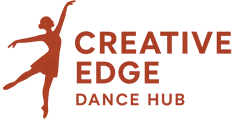

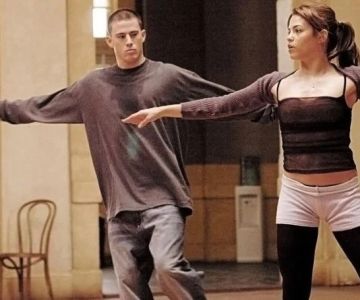
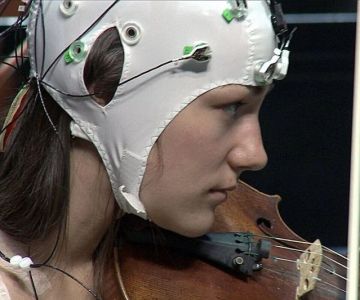
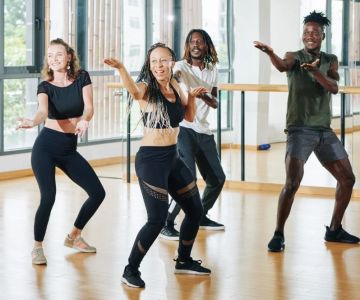


 South Shore Conservatory4.0 (11 reviews)
South Shore Conservatory4.0 (11 reviews) Vicki's School of Dance - Shreveport4.0 (4 reviews)
Vicki's School of Dance - Shreveport4.0 (4 reviews) Wirth Center for the Performing Arts4.0 (51 reviews)
Wirth Center for the Performing Arts4.0 (51 reviews) Footsteps Dancewear4.0 (63 reviews)
Footsteps Dancewear4.0 (63 reviews) EverLasting Dance5.0 (3 reviews)
EverLasting Dance5.0 (3 reviews) Lawton Ballet Theatre4.0 (34 reviews)
Lawton Ballet Theatre4.0 (34 reviews) My Journey from Beginner to Competitive Dancer in One Year
My Journey from Beginner to Competitive Dancer in One Year How Much Do Dance Classes Typically Cost in the US? | Pricing Guide for 2025
How Much Do Dance Classes Typically Cost in the US? | Pricing Guide for 2025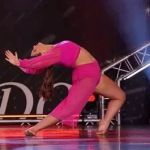 How to Give a Performance Even If You're Not a Professional: Tips for Beginners
How to Give a Performance Even If You're Not a Professional: Tips for Beginners How I Built Confidence to Lead a Dance Masterclass — My Personal Journey
How I Built Confidence to Lead a Dance Masterclass — My Personal Journey What is Line Dancing? Modern Pop and Hip-Hop Lines
What is Line Dancing? Modern Pop and Hip-Hop Lines What is Dance Marathon? Fundraising and Endurance Events Explained
What is Dance Marathon? Fundraising and Endurance Events Explained